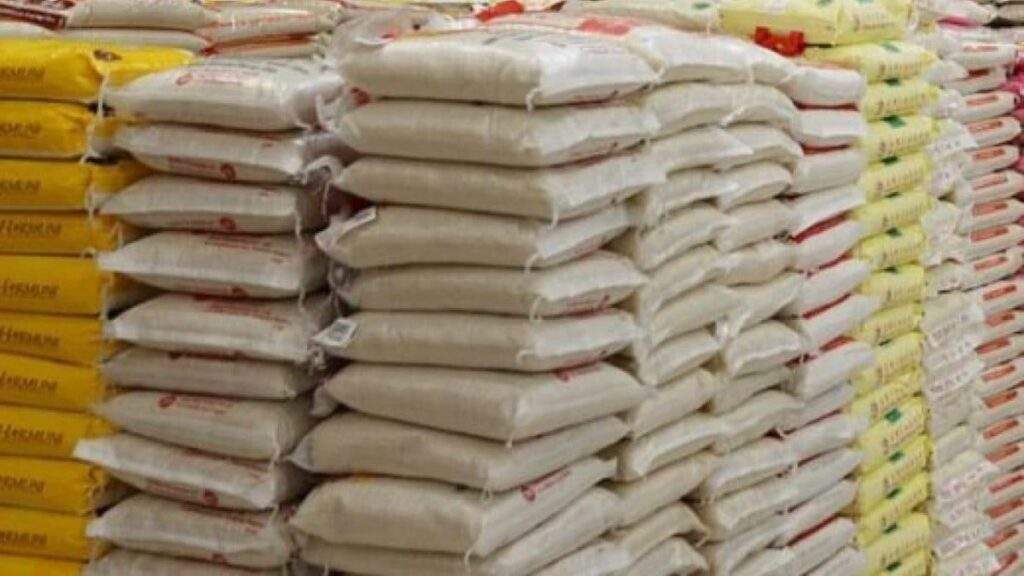In a recent report by the United Nations Office for the Coordination of Humanitarian Affairs (OCHA), it has been disclosed that rice production in Nigeria and other West African countries is projected to increase in 2024. While this is promising news for the region, the report also highlights anticipated challenges in the production of grains such as maize, sorghum, and millet due to agroclimatic issues, insecurity, and rising production costs.
The West Africa Regional Supply and Market Outlook forecasts a decrease in the production of grains for the upcoming year, citing various challenges faced by the agricultural sector. Specifically, the report anticipates a considerable decline in the production of coarse grains in Nigeria, Niger, Chad, and Mali. Despite this, the overall regional cereal production for 2023/24 is expected to be approximately 76.5 million metric tons, representing a one percent decrease from the previous year and a three percent increase compared to the five-year average.
The report emphasizes a significant upturn in rice production while expressing concerns about the adverse impact of agroclimatic challenges, insecurity, and escalating production costs on the production of coarse grains. It also notes that the outlook for regional production of roots, tubers, and cash crops remains relatively optimistic.
Meanwhile, a separate report by AFEX has predicted a substantial 32% increase in rice production for the year 2024. This signals a positive trend for the region’s rice production, offering hope amid broader challenges within the agricultural landscape.
In light of these projections, it’s essential to note the implications for consumers. According to data from the National Bureau of Statistics, the average price of a 50-kilogram bag of rice surged to N55,000 in 2023 from N12,000 a decade ago. This illustrates the potential impact of these agricultural developments on the cost of essential food items for the population.
As the region navigates through these shifts in agricultural production, it is evident that the dynamics of food security and market stability are poised for notable changes. The findings underscore the need for proactive measures and innovative strategies to address the challenges facing the agricultural sector, while also recognizing the potential opportunities presented by the projected increase in rice production.
